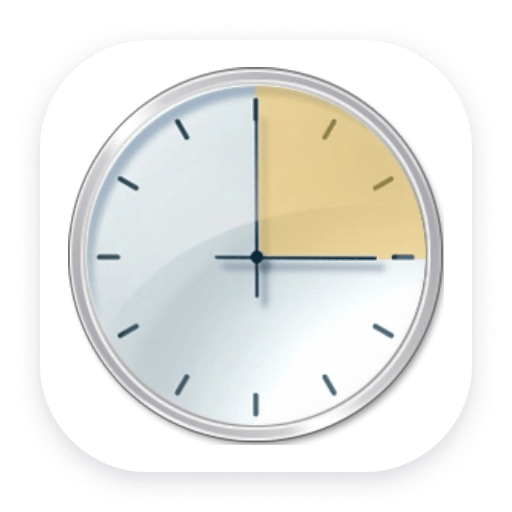All
0 Results filtered by:

We couldn't find any results
You can search all listings, or try a different spelling or keyword. Still nothing? Dynatrace makes it easy to create custom apps.

Extend the platform,
empower your team.


 Windows scheduled tasks
Windows scheduled tasks
Monitor your Windows scheduled tasks and alert on execution issues.
ExtensionThis is a OneAgent extension running on Windows servers. Every minute, the extension interrogates the system for details about your configured scheduled tasks and sends Dynatrace the current state each task is in along with the time that passed since their last executions.
A problem is created automatically for any task which registered an operational failure (failed to launch, execute, or complete). Additionally, problems can also be enabled for tasks which are taking longer than expected to complete or ones which have missed their expected scheduled execution.
task.state now displays the correct state when available instead of Unknown in logs.\)The custom task frequency setting was being incorrectly interpreted as hours instead of minutes. ⚠️If you were previously using custom task frequency, this fix may lead to a higher number of problems being raised as the value is now properly interpreted.⚠️
Tasks with timeout PT0S (no timeout) were being incorrectly classified as having a 0 second timeout.
No release notes

You can search all listings, or try a different spelling or keyword. Still nothing? Dynatrace makes it easy to create custom apps.